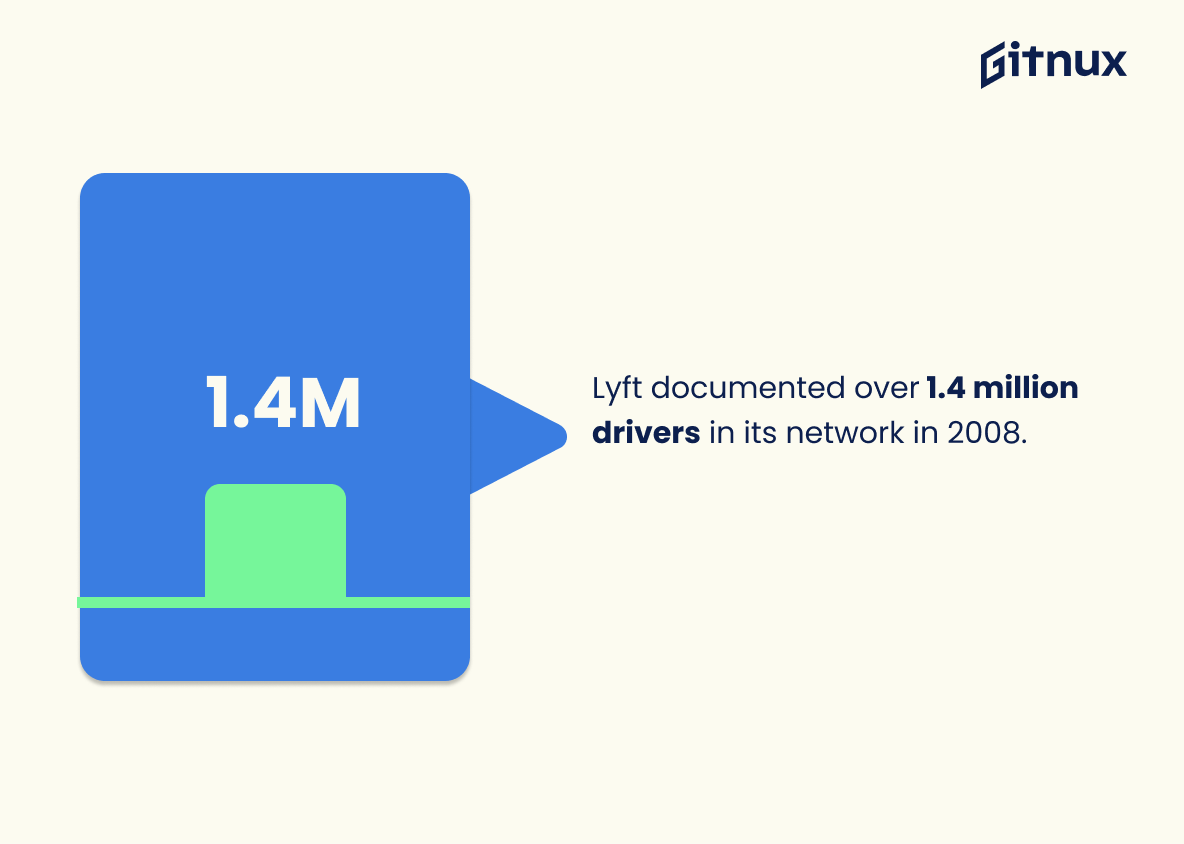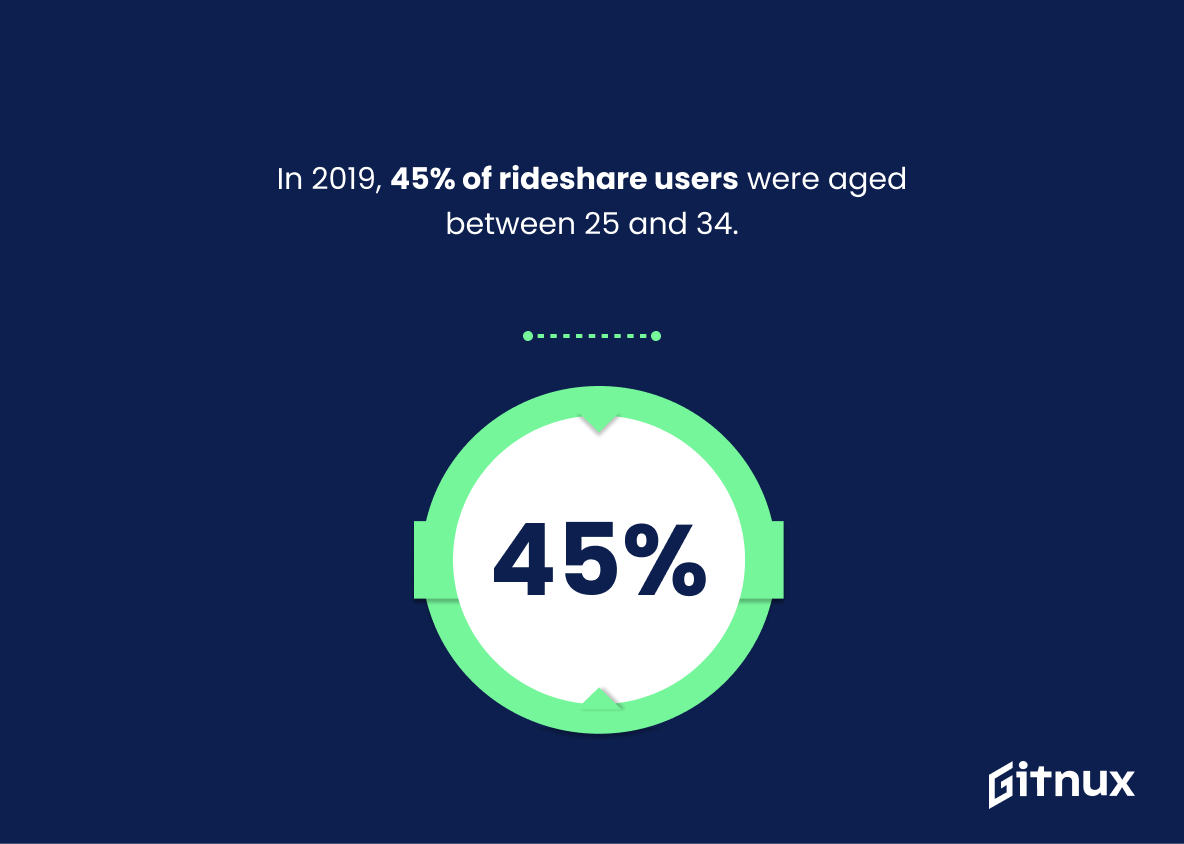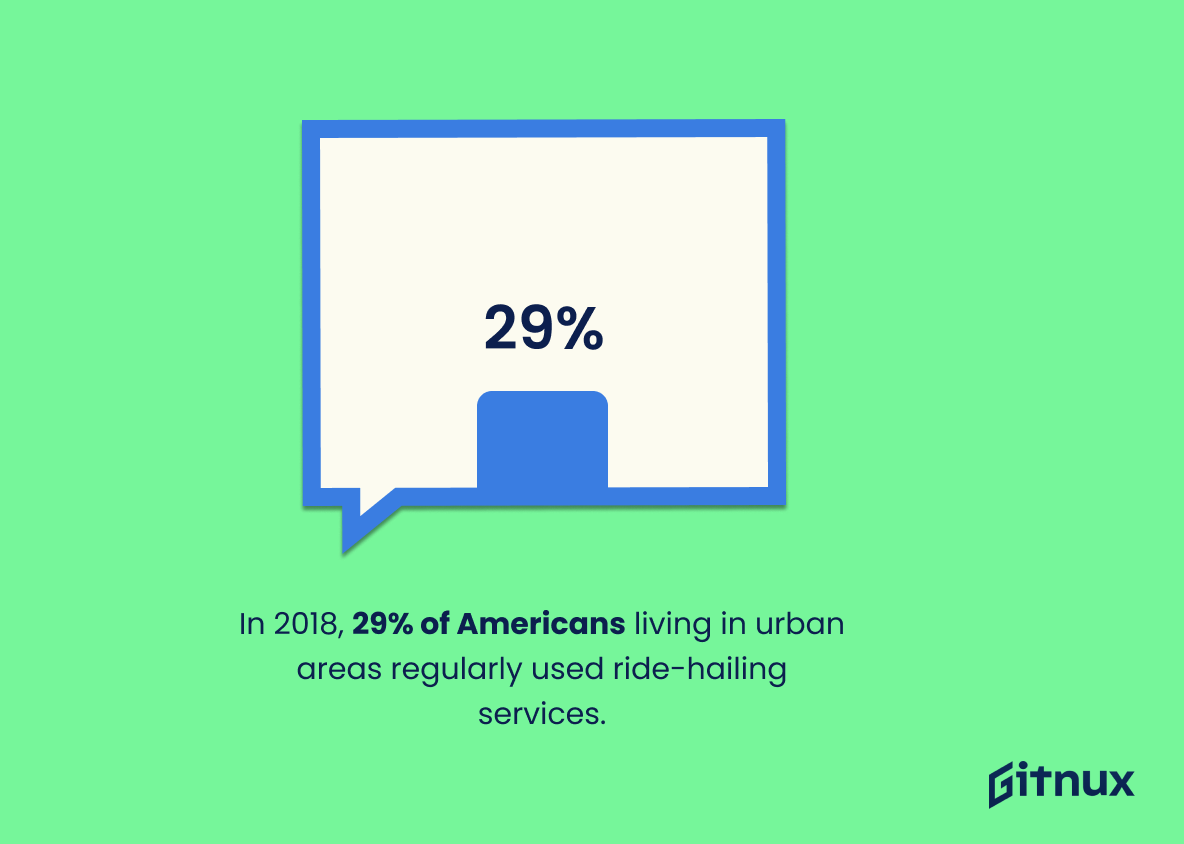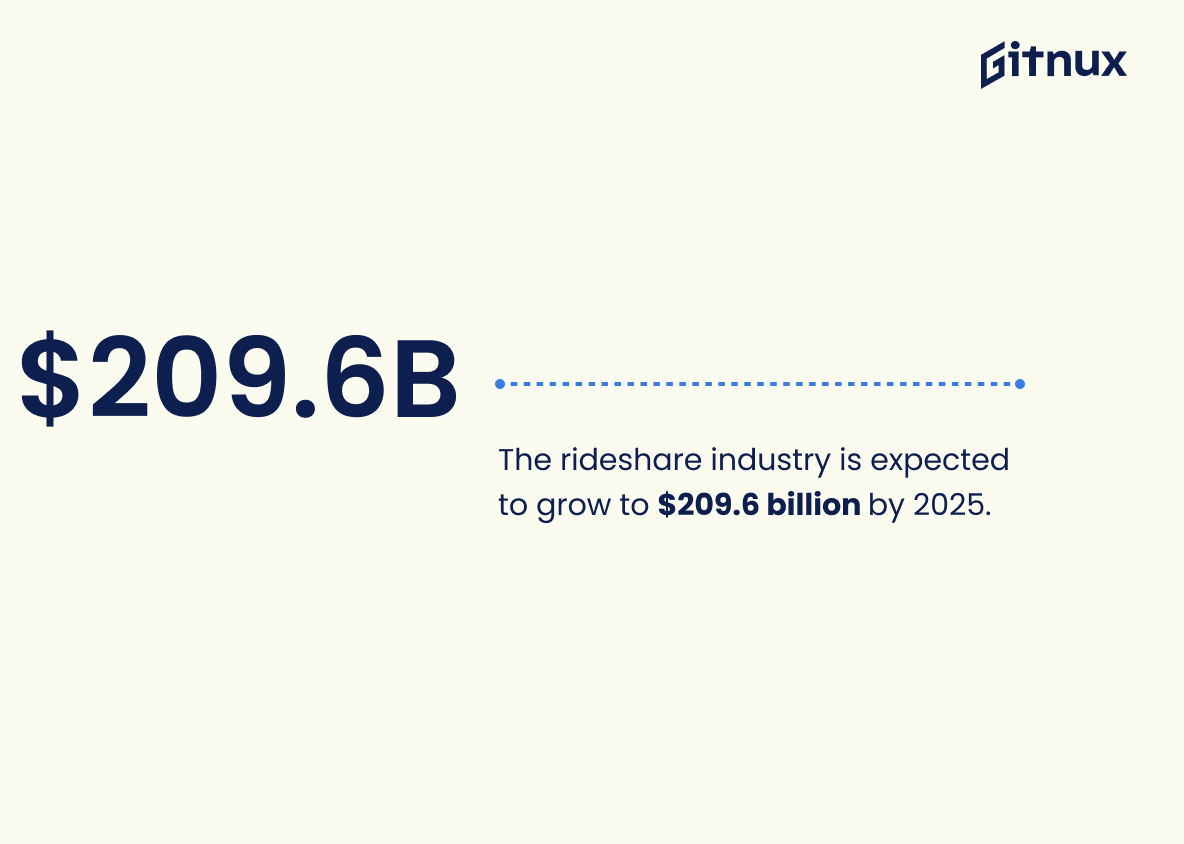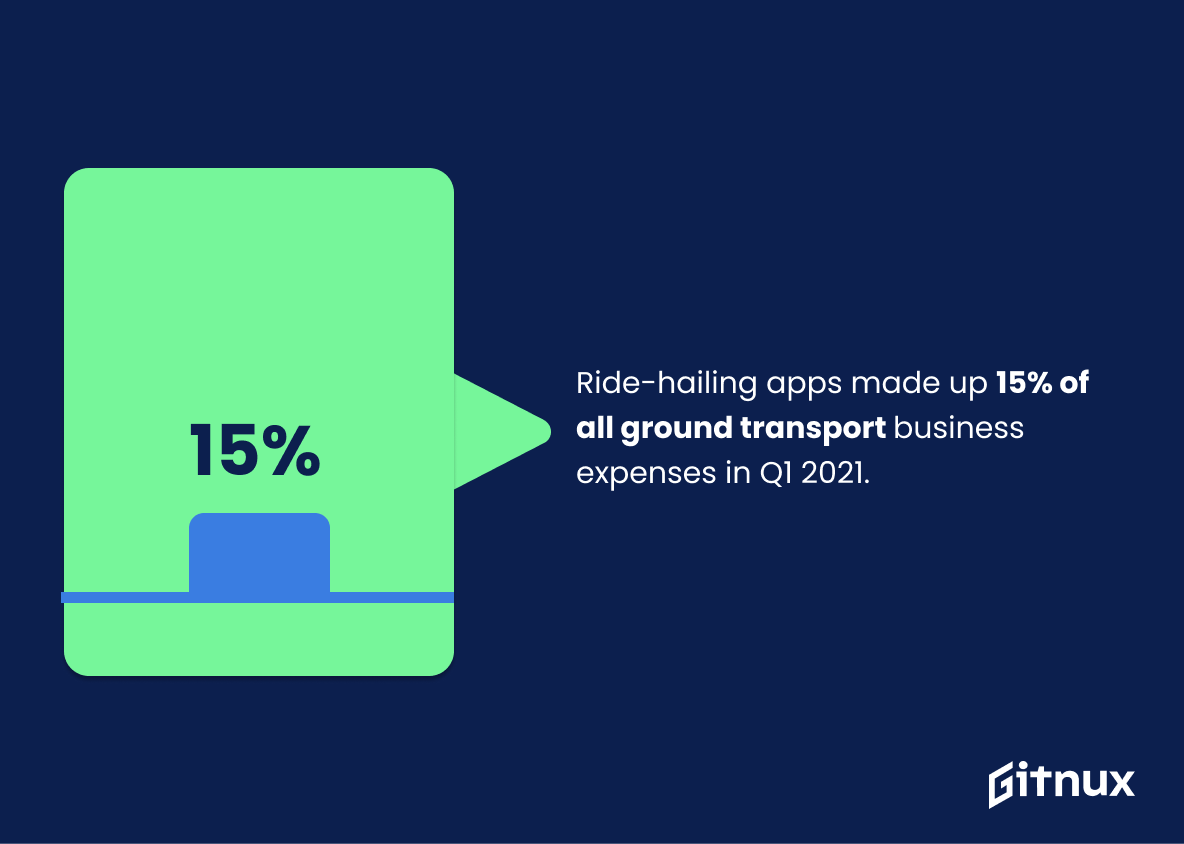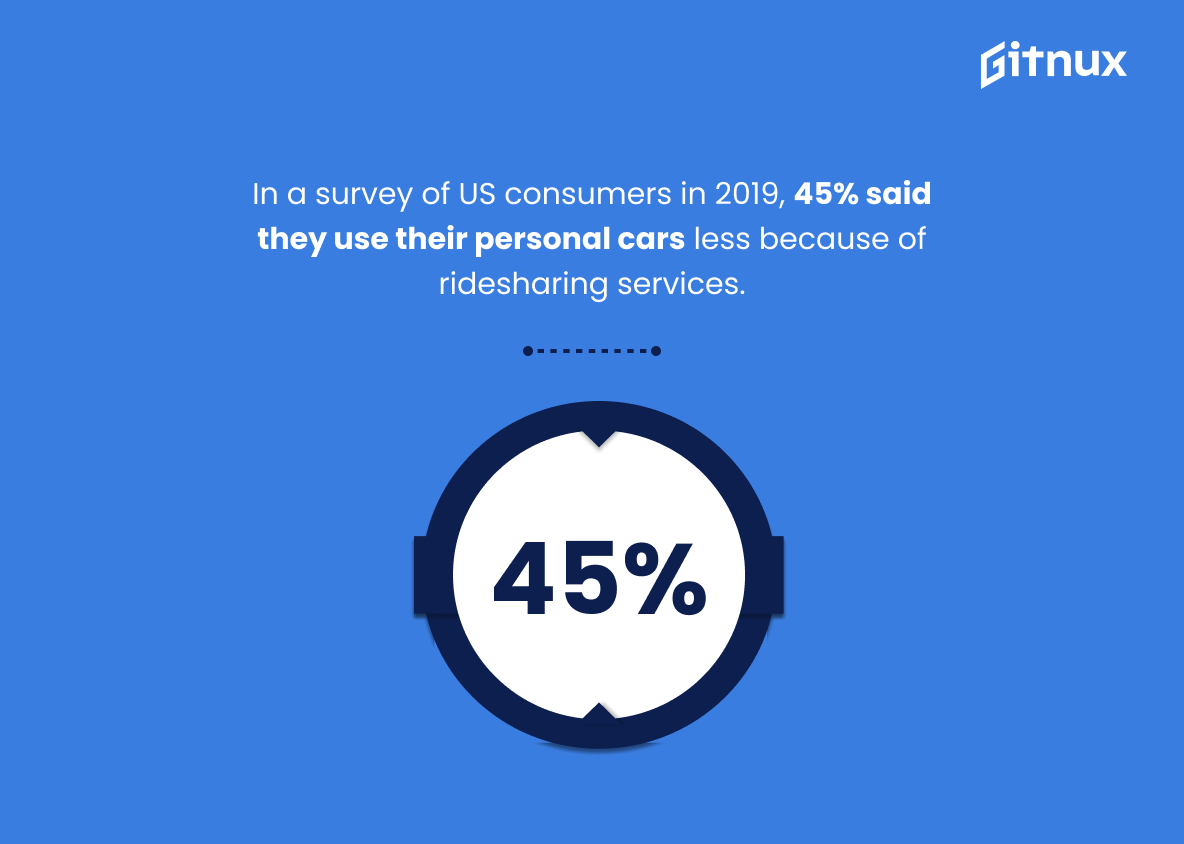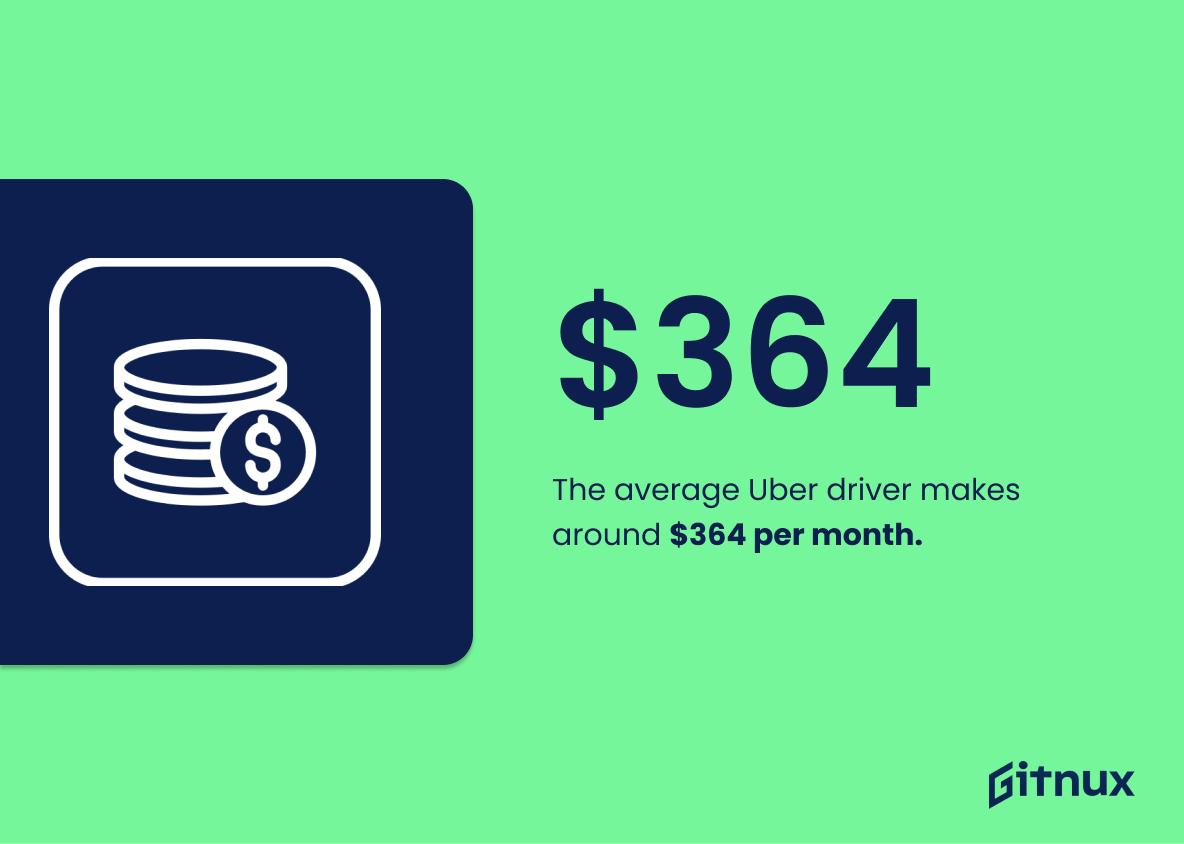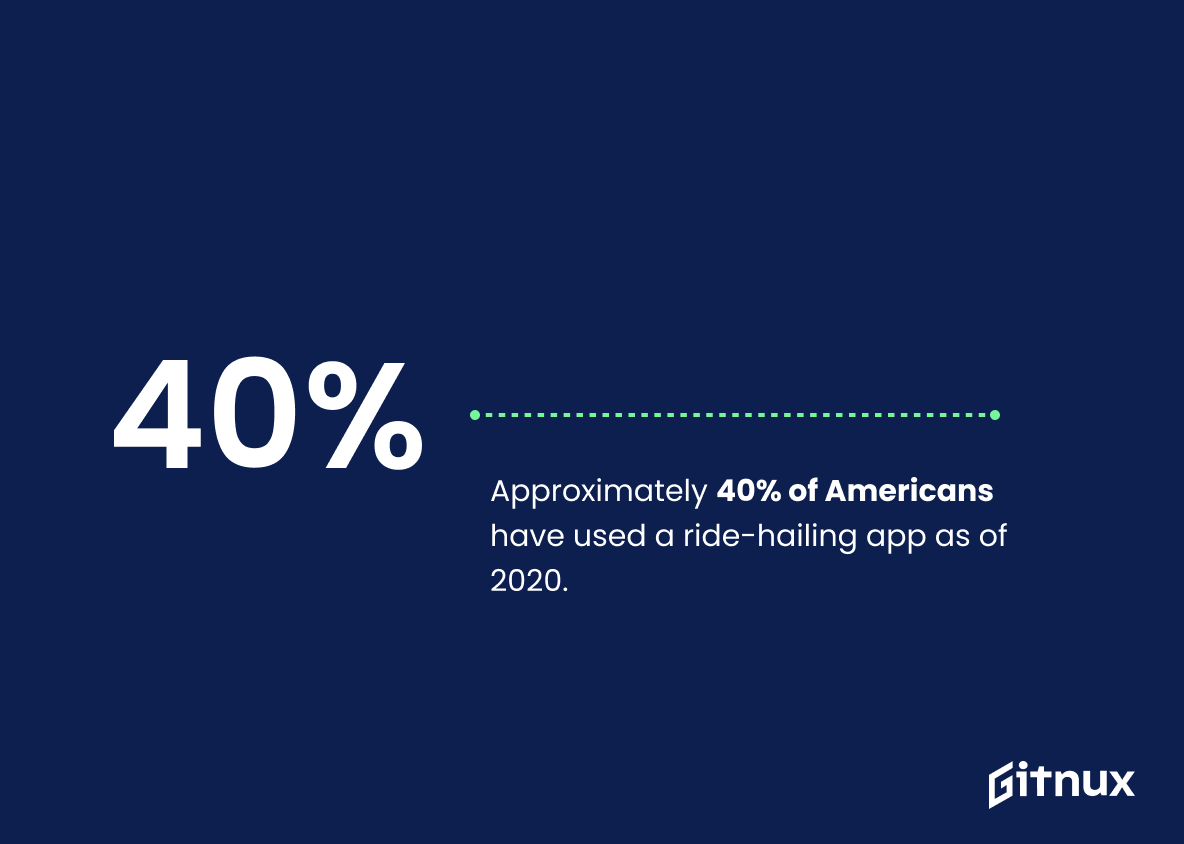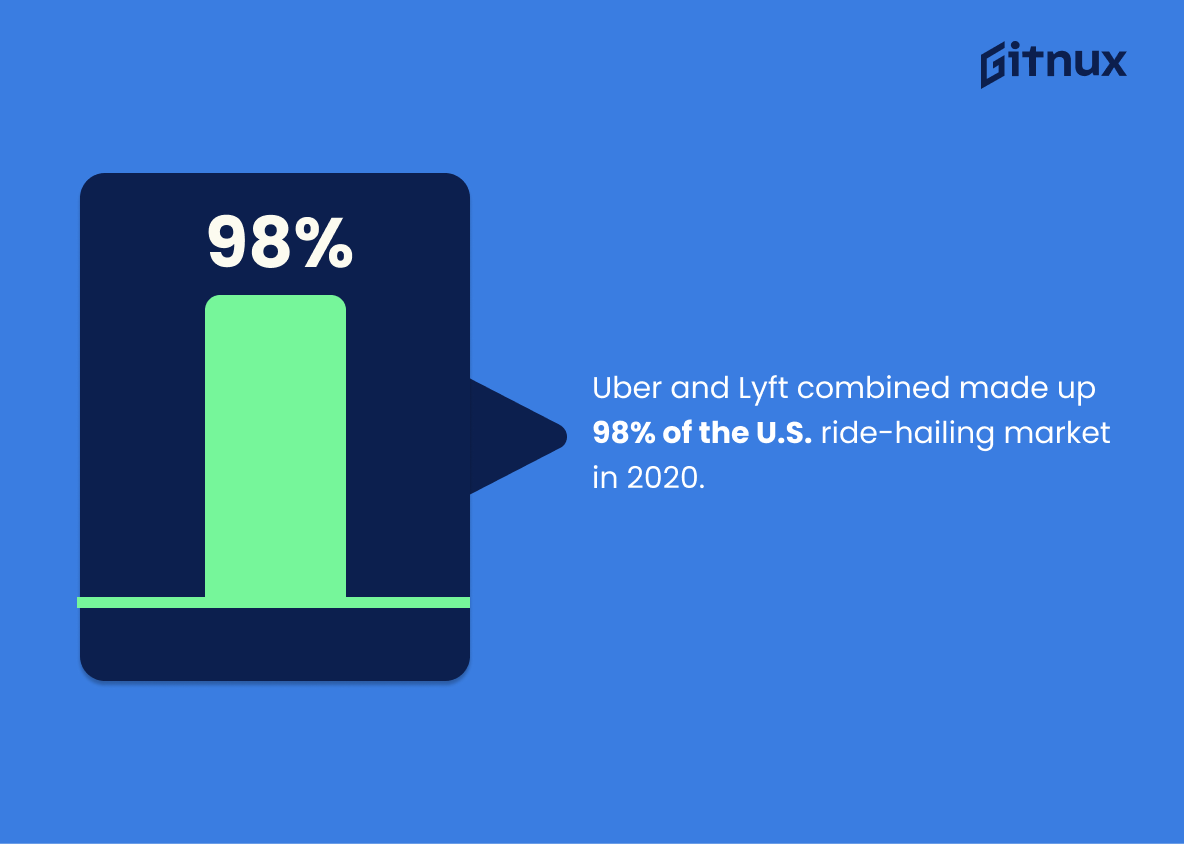The ride share industry has seen tremendous growth in recent years, and it’s no surprise why. Ride share services offer convenience, affordability, and safety, making them an attractive option for commuters and travelers alike.
With this in mind, it’s important to stay up to date on the latest ride share industry statistics. In this article, we’ll take a look at some of the most interesting ride share industry statistics and explore what they mean for the industry. We’ll also discuss the implications of these statistics for ride share companies and their customers. So, let’s get started.
Ride Share Industry: Most Important Statistics
The usage of ride-hailing services has more than doubled in the U.S. from 15% in 2015 to 36% in 2018.
Urban users (19%) are more likely to use ride-hailing services weekly than suburban (6%) or rural users (5%), and users aged 18 to 49 are more likely to report weekly usage (12%) than those 50 and older (7%).
Ride Share Industry: Statistics Overview
The global ride-sharing market is projected to grow by 115% between 2021 and 2026, reaching a market value of 185 billion US dollars.
This shows the expected growth of the ride-sharing industry over the next five years. This data can be used to inform decisions about investments, marketing strategies, and product development in the ride-sharing industry.
It also provides insight into the competitive landscape of the industry, as DiDi, Uber, and Lyft are the key players.
The global ride sharing market is projected to grow from USD 85.8 billion in 2021 to USD 185.1 billion in 2026, at a CAGR of 16.6%.
This growth is important for the ride share industry as it indicates that the industry is recovering from the impacts of the COVID-19 pandemic and is expected to continue to grow due to urbanization.
This growth is a positive sign for the industry and could lead to increased investment and opportunities for ride share companies.
21% of ride-hailing fleets in China are electric.
Major ride-sharing providers have initiatives in place to partially electrify their fleets by 2025 and fully by 2030, and the success of companies like Didi Chuxing Technology Co. demonstrate the potential for electric vehicles to become a major part of the ride-sharing industry.
Motional and Lyft’s public service of autonomous vehicles in Las Vegas has been a success, with over 95% of riders leaving five-star reviews and many becoming repeat customers.
Autonomous vehicles are increasingly being accepted by the public, and that the partnership between the autonomous vehicle and ridesharing industries is proving to be successful.
This could potentially lead to more partnerships between the two industries in the future, which could have a positive impact on the ride share industry.
The usage of ride-hailing services has more than doubled in the U.S. from 15% in 2015 to 36% in 2018.
This statistic is important for the ride share industry because it shows that the industry is growing and becoming more popular.
This could lead to more investment in the industry, as well as more people using ride-hailing services. It also shows that the industry is becoming more accessible, as more people have heard of ride-hailing services and are using them.
Urban users (19%) are more likely to use ride-hailing services weekly than suburban (6%) or rural users (5%), and users aged 18 to 49 are more likely to report weekly usage (12%) than those 50 and older (7%).
Younger and urban users are more likely to use ride-hailing services on a weekly basis. This information can be used to inform marketing and promotional strategies to target these groups and increase usage.
Ride-hailing services are more popular among younger adults, those with higher incomes, and those with higher levels of education.
The industry is more popular among certain demographics, which can inform the industry’s marketing and outreach strategies.
Ride-hailing app usage is significantly higher in urban and suburban areas than in rural areas.
The majority of ride-hailing app usage is concentrated in urban and suburban areas, which means that the industry should focus its efforts on these areas in order to maximize profits.
This statistic also highlights the need for the industry to find ways to make ride-hailing apps more accessible and attractive to rural residents in order to increase usage in these areas.
Uber reported an average of 23 million trips per day in 2022, a 19% year-over-year growth and an all-time quarterly high.
This statistic is important because it demonstrates Uber’s success in the ride-share industry, as well as the overall growth of the industry. It also shows that Uber is continuing to expand its customer base and increase its market share.
This statistic is indicative of the overall health of the ride-share industry and can be used to compare Uber’s performance to other ride-share companies.
Uber revenue grew 59% on a constant currency basis in 2022, resulting in a net income of $595 million and free cash flow of $390 million.
This is significant as it shows that Uber is continuing to grow despite the competitive nature of the ride share industry.
Conclusion
The ride share industry is a rapidly growing sector of the transportation industry, and the statistics show that it is here to stay.
Ride share companies are providing a convenient and cost-effective way to get around, and they are also creating jobs and economic opportunities for drivers and passengers alike. With the continued growth of the industry, it is likely that ride share companies will continue to be a major player in the transportation industry for years to come.
References
1 – Forecast of ride-sharing market size 2021 | Statista
2 – Global Ride Sharing Market Report 2021: Market is Projected (globenewswire.com)
3 – Lyft, Inc. – LYFT AND MOTIONAL DELIVER THE FIRST RIDES IN MOTIONAL’S NEW ALL-ELECTRIC IONIQ 5 AUTONOMOUS VEHICLE
4 – More Americans are using ride-hailing apps | Pew Research Center
5 – Uber Q4 22 Earnings Press Release (q4cdn.com)
ZipDo, cited June 2023: Ride Share Industry Statistics



